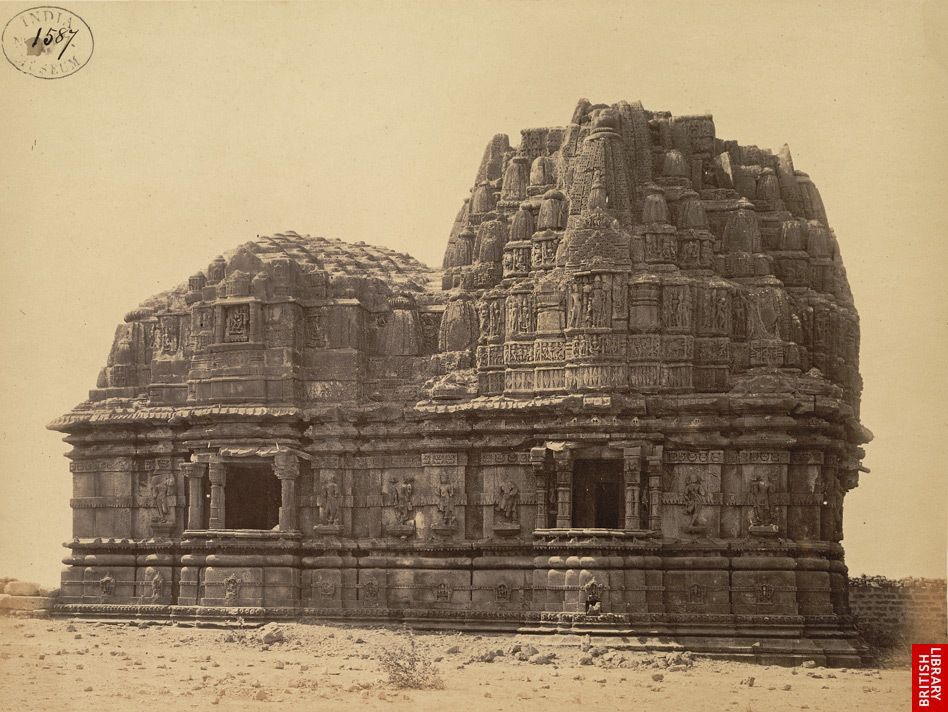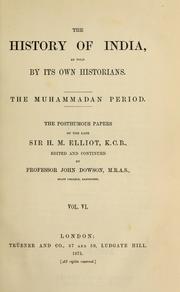Like Padmavati, there is no historical evidence to suggest that there was Ram Temple at the site where Babri Masjid once stood.
Today, on the 25th anniversary of the planned demolition of Babri Masjid, if we see the way the Padmavati controversy has raged over the last month, we will realise how little we have progressed from the events which took place on this day, 25 years ago. Even today, historians are the last people to be consulted on matters of history. Even though historians such as Irfan Habib write articles confirming the lack of historical evidence that confirms the existence of Padmavati, television debates have hardly paid any heed to historians. Compare this to the number of times the Karni Sena was allowed to air their hurt sentiments on the issue.
It is the same sentiment of historical hurt that drives popular support for the Hindu right. Yogi Adityanath, the current Chief Minister of Uttar Pradesh, has again given the clarion call for the “Ram mandir” which must be built on the same site. The now redundant L K Advani (probably due to affinity with the supposed poet and former Prime Minister Atal Bihari Vajpayee) had said with poetic flourish: “We will remake from the same stones which now lie crumbled at the site”. The Ayodhya dispute, however, is still an incomplete project for the Hindu rightwing. If there is one temple for which the aspiration of rebuilding has been satisfied, is the Somanatha temple in Gujarat. Looking back at Atal Bihari Vajpayee’s speech at the Somnath temple on 31 October, 2001, let us try to understand what the vision of the Hindu right, on the matter of rebuilding temples, is:
Today is a day of great joy. Today, it is exactly fifty years since the idol of Lord Somanatha was sanctified here at the temple… Somnath is the symbol if our sanatan sanskriti (timeless culture), our shaswat dharma (eternal religion, way of life), the symbol of the successive shifts and changes in our history. History had also witnessed that moment when conquering invaders razed Somnath to the ground.

Somnath Temple
Two opinions on time emerge here: one, that Somnath, and by extension the envisioned Ram temple, is a part of sanatan sanskriti, a timeless culture that cannot be measured by history. (By implication, if the Ram temple is indeed rebuilt – though that seems unlikely, as the matter is sub judice — the Hindu right will find other spots for political mobilisation, as the matter of reclaiming our timeless culture cannot be bound by one moment in the present time). The other opinion, however, is that “history” has been a witness to “conquering invaders”. Suddenly, the timeless historical time is fixed to a specific moment in time. We know exactly when our timeless culture had to bear the brunt of time that could be measured. This begins in medieval India with the favourite adversary of the Hindu Right: the Muslim invaders. Vajpayee, interestingly, takes the refuge of “history” as facts or objective truth the moment he introduces the origin of hurt: it is a fact that we are hurt now, just as it is a fact that our temples were destroyed by outsiders. The former may be true, but the latter is clearly Vajpayee’s clever subterfuge to pass belief as history, as fact.
Scratch the surface and it will soon be revealed that the “history” Vajpayee talks about is the history written by the British. These include books such as the influential History of India as Told by Its Own Historians, first published in 1849 and edited by Henry Miers Elliot with John Dowson. The book contains translations of medieval Persian chronicles. In his reading, Elliot is hardly objective. Notice the similarity in tone between Elliot and Vajpayee:
The few glimpses that we have, even among the short extracts in this single volume, of Hindus slain for disputing with Muhammedans, of general prohibitions against processions, worship, and ablutions, of other intolerant measures, of idols mutilated, of temples razed, of forcible conversions and marriages, of proscriptions and confiscations, of murders and massacres, and of the sensuality and drunkenness of the tyrants who enjoined them, show us that this picture is not overcharged.
It will hardly be surprising to know that Elliot should be such a darling for the Hindu Right. As Romila Thapar says in her speech, delivered at the launch of the website Indian Cultural Forum, it is ironic if one sees how much our self declared nationalist parties owe their views on history to the Britsh.
The British imperialists were clear that the Indian subcontinent would see them as outsiders. But, they wanted to say to their Hindu subjects, the Muslims too were outsiders who ruled your land. Listen to us. Better to have us as outsiders who rule over you than Muslims. Elliot and Dowson go on to write that, with the advent of British rule, “a more stirring and eventful era of India’s History commences…when the full light of European truth and discernment begins to shed its beams upon the obscurity of the past”.
This is not to say that there were no temple desecrations in medieval India, or that there was some kind of eternal Ganga jamuna tehzeeb in Northern India. Instead, one must ask, if temples were indeed desecrated or destroyed, why, and by whom; for what purpose. This is exactly what Richard M Eaton’s essay, “Temple Desecration and Indp-Muslim States” does. Romila Thapar’s book on the Somnath temple is another project written with the same intent.
Eaton says that it was S K Banerji, who suggested the presence of a Ram temple at the site where Babri Masjid stood. There is, however, no historical evidence that proves the presence of a temple, let alone the claim that Mir Baqi, Babur’s officer, destroyed a non-existent temple and built a mosque in its place. Eaton says, “The erstwhile mosque’s inscription records only that Babur had ordered the construction of the mosque, which was built by Mir Baqi and was described as ‘the place of descent of celestial beings’ (mahbit-i-qudsiyan)”. This “commonplace rhetorical flourish in Persian” can hardly be a reference to Lord Ram, as Banerji, in his 1936 essay, “Babur and the Hindus”, (and published in Journal of the United Provinces Historical Society) concluded.
It is strange that the walls on which this inscription was written – the only supposed evidence for the Hindu Right’s claim – have been razed down. It will be nice if Mr Advani, now out of bounds of his own party’s power centre, realises his mistakes and rebuilds the mosque from the rubble they have created.
Featured image courtesy The Wire
Souradeep Roy is part of the editorial collective of the Indian Writers’ Forum
Courtesy: Indian Cultural Forum


